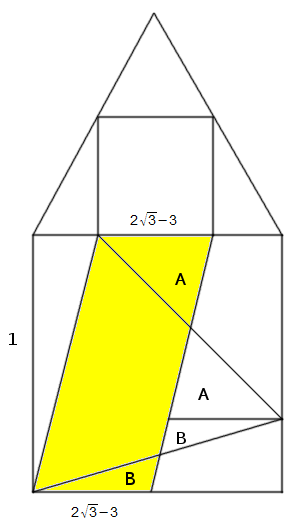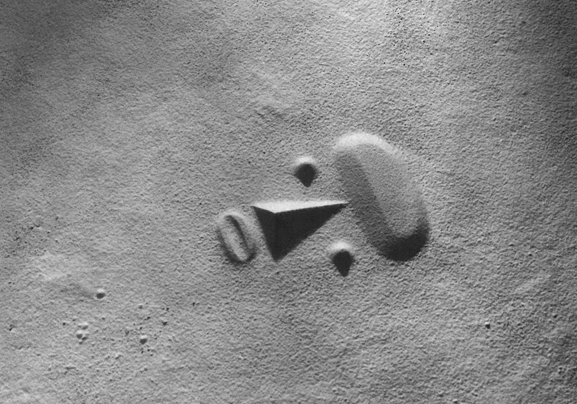
The 11th Pennsylania infantry regiment was beginning its training at the fairground in West Chester, Pa., in 1861 when a local resident presented a wicker basket to one of the officers. In the basket was a 4-week-old black female terrier puppy. The dog, quickly named Sallie after a local beauty whom the soldiers admired, made hundreds of friends among the men and was adopted as the regiment’s official mascot.
“Sallie knew the drumroll announcing reveille,” writes James Robertson in The Untold Civil War. “She was first out of quarters to attend roll call. During drills, she latched on to a particular soldier and pranced alongside him throughout the exercise. At dress parade, the dog marched proudly beside the regimental colors. At encampments, she slept by the captain’s tent after strolling leisurely through the grounds on her own kind of inspection.”
She accompanied the regiment into battle at Cedar Mountain, Antietam, Fredericksburg, and Chancellorsville, standing stoutly on the front lines and barking ferociously at the enemy. In 1863 Abraham Lincoln tipped his hat to her as he reviewed the Army of the Potomac. On the first day’s fighting at Gettysburg, the regiment was driven back a mile from its original position and she was feared lost; she was discovered three days later standing guard over the wounded and the dead.
She survived, in fact, nearly to the end of the war. On Feb. 5, 1865, at the Battle of Hatcher’s Run during the Siege of Petersburg, men in the second wave of a Union attack found her dead on the battlefield, shot through the head. She had died instantly.
In 1890, the surviving veterans of the 11th Pennsylvania erected a monument at Gettysburg. From a distance it looks like other regimental memorials, a defiant soldier atop a marble pedestal. But on a ledge near the base of the monument lies a small bronze dog.










